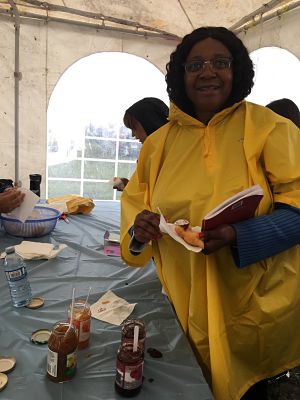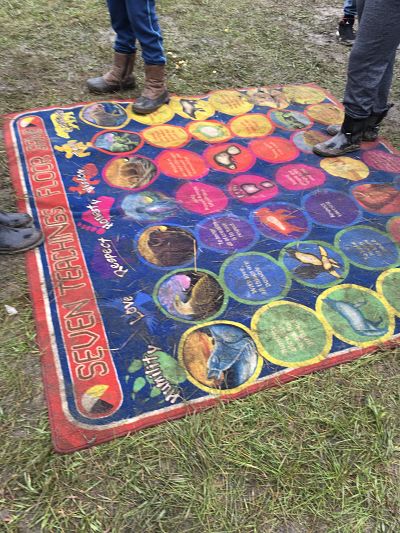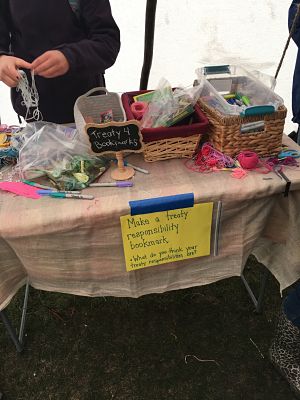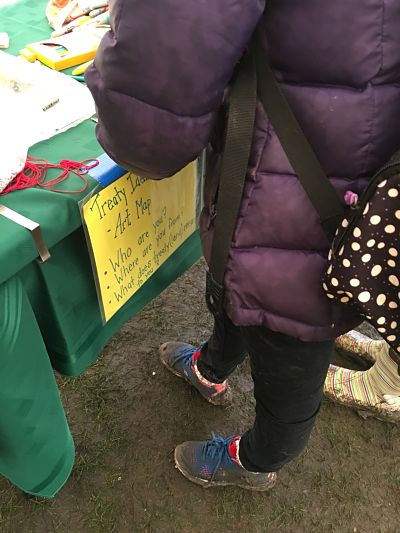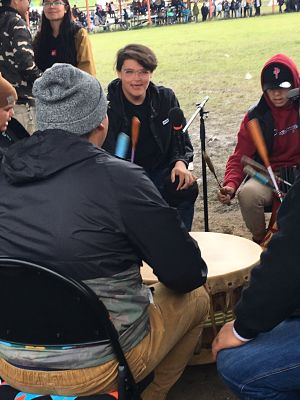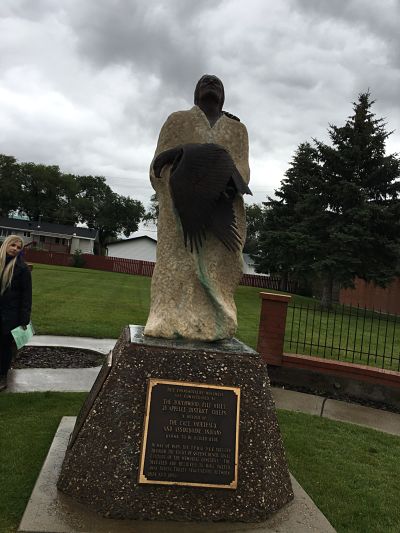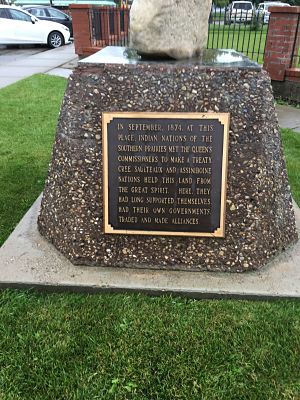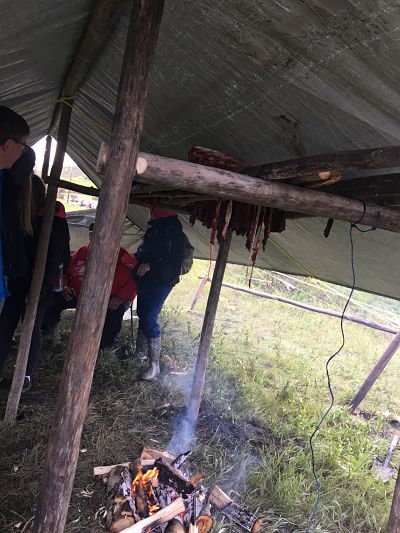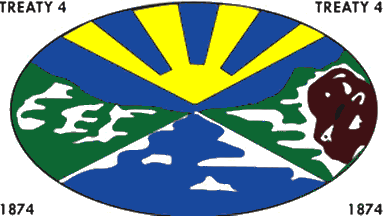
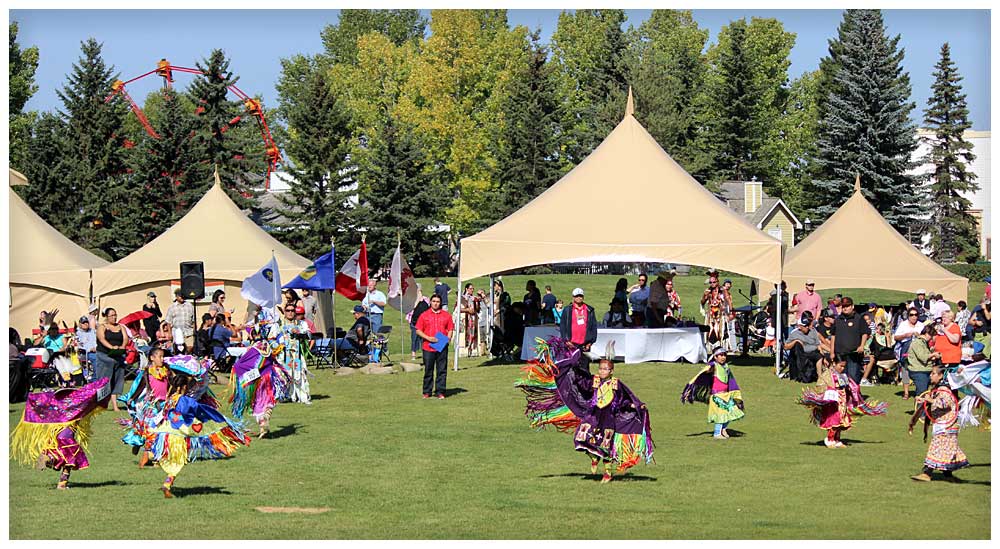
As an Internationally trained teacher, I was not aware of the history of Canada and what happened in the residential schools. Learning about the residential schools from the survivors, families of the survivors, Treaty 4 gathering that I was privileged to be part of this year and our various discussions in our ECS 311 class, has changed my perspective as an educator on how to relate to students and also how to create my curriculum to promote inclusion and diversity, which in turn highlights what Truth and reconciliation stands for. Truth and reconciliation resource gives us the opportunities to come together, students, teachers, the Canadian teachers’ Federation and the national centre for Truth and Reconciliation, to keep our promises to the survivors. As an educator, I will incorporate Treaty education in my Professional Development plan. During our Treaty 4 Gathering, I learned that the indigenous people use games which they played in circles to resolve conflict, they also learn in circle through games and story telling. Elder Alma reinforced that as we were priviledged to have her in our class, and she told us that “Their way of understanding things is always in a circle.” So I wish to use games, story telling and discussions in a circle as a teaching strategy. I will always create a curriculum that include that method of learning. That means having students show and share in a circle, just like we did in ECS 311 during our Host/Guest discussions. This instructional strategy promotes social and listening skills and fosters great relationships between peers as students understand each other better as a community and friends Having learned about Truth and Reconciliation, I really understand the need to honour peoples names, languages, cultures and also help promote equity and social justice in my class. Having a respectful and trusting relationship with the students by creating creating an atmosphere that is safe and unhostile, would allow the student a better chance to explore their innate curiosity, passions, creativity and the capacity to learn. I believe that unless students feel emotionally and physically safe, they won’t share real thoughts and feelings. My knowledge about the residential schools has equipped me better to know that some students that come to school with one behavioural problem or the other, could be as a result of the ripple effects of one problem or the other from the family or caused by the society. Therefore, I believe that applying what I also learned from “The New Teacher Book'” during chaos is that you treat the problem and not the child. “That’s what curriculum that puts students’ lives at the centre does. It tells students that they matter; that the pain and joy in their lives can be part of the curriculum” (pg. 7). Again, bearing in mind that; “When the class chaos tips teachers to institute measures that tighten the reins by moving defiant students out of class and sending them to the disciplinarian (which moves them one step closer to the streets), they have lost the class” (Linda Christensen) .
In conclusion, as an educator, getting my students well informed about what happened in the residential schools is a step in the right direction. Because when people know better, they do better. I am so excited to work together with the students and other educators towards promoting Truth and reconciliation in our classrooms.

